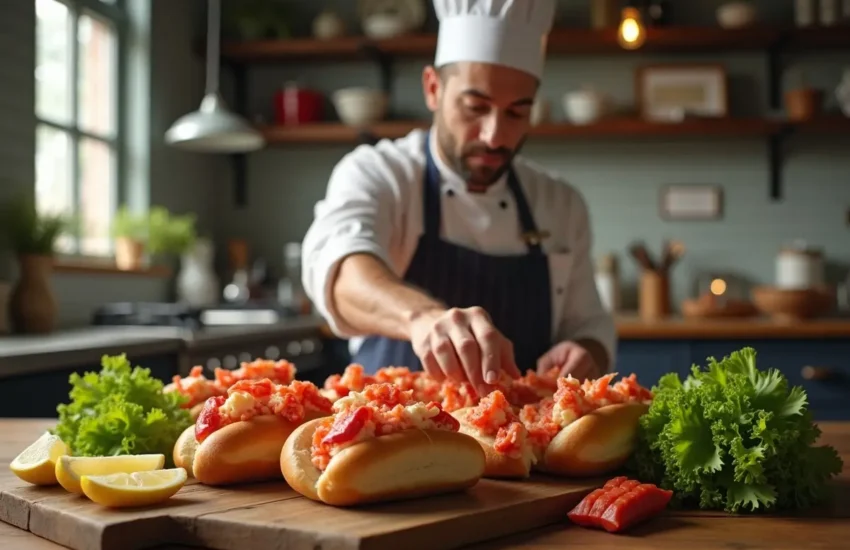14-Day No Sugar Diet Food List: What to Eat and Avoid

Reducing sugar intake can lead to significant health benefits, including improved energy levels and better weight management. Many of us consume more sugar than we realize, often hidden in everyday foods.
This is where a 14-day no sugar diet food list can make a difference.
Focusing on whole, natural foods and eliminating added sugars gives your body a chance to reset. This method not only aids in shedding unwanted pounds but also enhances mood and boosts overall well-being. The key is understanding which foods to include and which to avoid.
In this guide, you’ll find info on the types of foods to stock up on and those to skip. Our aim is to help you transition smoothly into a lifestyle with less sugar using practical tips for managing cravings and making healthier choices that can last beyond the 14 days.
Foods to Include

To succeed with a 14-day no sugar diet, focus on nourishing your body with wholesome foods. Here’s a breakdown of what to include in your meals.
Fresh Fruits and Vegetables
Fresh fruits and vegetables are essential for a balanced diet, providing vital nutrients and fiber. While some fruits contain natural sugars, they also offer vitamins and minerals that benefit your health. Choose options like berries, apples, and citrus fruits, which are lower in sugar but high in antioxidants.
Vegetables, especially leafy greens, are low in calories and sugar. They are rich in vitamins and can be enjoyed in various ways, from salads to stir-fries. Incorporating a diverse range of colors on your plate ensures you’re getting a wide array of nutrients.
Both fruits and vegetables help keep you full and satisfied, making it easier to resist sugary snacks. Aim to fill half your plate with these nutrient-rich foods at each meal.
Whole Grains
Whole grains are an important part of a no sugar diet, providing energy and keeping you satisfied. Unlike refined grains, whole grains are not stripped of their nutrients and fiber, making them a healthier choice.
Options like quinoa, brown rice, oats, and whole wheat products are excellent sources of complex carbohydrates. They release energy slowly, helping to maintain stable blood sugar levels throughout the day. This can reduce cravings for sugary snacks and keep you feeling full longer.
Incorporating whole grains into your meals can be as simple as swapping white rice for brown rice or choosing whole grain bread over white bread. These simple changes can make a big difference in your overall health and help you stick to your no sugar challenge.
Lean Proteins
Lean proteins are crucial in a no sugar diet, providing the building blocks your body needs without added sugars. These proteins help maintain muscle mass and keep you feeling full.
Choose options like chicken, turkey, fish, and tofu. These are lower in fat and can be prepared in various ways to keep meals interesting. Eggs are another versatile choice, offering a quick and easy source of protein.
Including lean proteins in your meals can help stabilize blood sugar levels, reducing the temptation to reach for sugary snacks. They also support recovery and growth, making them a key component of a balanced diet.
Healthy Fats
Healthy fats are an essential part of a balanced diet, even when cutting out sugar. They provide energy, help absorb vitamins, and support brain health.
Sources like avocados, nuts, seeds, and olive oil are excellent choices. These fats can enhance the flavor and texture of your meals while keeping you satisfied. For additional heart health benefits, consider incorporating foods that unclog the arteries naturally into your meals
When preparing meals, consider adding a handful of almonds to your salad or drizzling olive oil over roasted vegetables. These small additions can make your meals more enjoyable and help you stay committed to your no sugar plan.
Beverages to Choose

Choosing the right beverages is key when you’re cutting out sugar. Many drinks are loaded with hidden sugars that can derail your efforts. Instead, opt for drinks that hydrate and nourish your body without added sweeteners.
Water should be your go-to choice. It’s the best way to stay hydrated and can be made more appealing with a slice of lemon, lime, or cucumber. Herbal teas are another great option; they come in a variety of flavors and can be enjoyed hot or cold without any added sugar.
If you miss the fizz of soda, try sparkling water, as it can give you the same bubbly sensation without the sugar. Always check labels to ensure there are no added sweeteners, though.
Foods to Avoid

To succeed on a no sugar diet, it’s important to identify and avoid foods that are high in added sugars. Here’s a closer look at what to steer clear of during your 14-day challenge.
Processed Foods
Processed foods often contain hidden sugars, making them a significant hurdle in reducing sugar intake. Items like packaged snacks, ready-to-eat meals, and sauces frequently have added sugars to enhance flavor and extend shelf life.
To stay on track, focus on fresh and minimally processed foods. When shopping, check ingredient lists for terms like high fructose corn syrup, dextrose, and other sugar derivatives. These can quickly add up and sabotage your efforts.
Cooking from scratch using whole ingredients allows you to control what goes into your meals. This approach not only reduces sugar consumption but also enhances the nutritional value of your diet.
Sugary Beverages
Sugary beverages are a major source of hidden sugars in many diets. Drinks like sodas, sweetened coffees, and even some fruit juices can contain large amounts of added sugar, significantly increasing your daily intake without you realizing it.
To avoid these pitfalls, choose beverages that are naturally free of sugar. Water, herbal teas, and unsweetened coffee are great alternatives that keep you hydrated without adding unnecessary sugars. If you enjoy juice, opt for freshly squeezed versions without added sugar, and consume them in moderation.
Being mindful of what you drink is as important as what you eat. Swapping sugary drinks for healthier options can make a big difference in your overall sugar consumption and help you succeed in your no sugar challenge.
Desserts and Sweets
Desserts and sweets are typically packed with added sugars, making them a key category to avoid during a no sugar diet. Items like cookies, cakes, candies, and pastries can quickly derail your efforts by providing empty calories with little nutritional value.
Instead of reaching for traditional sweets, consider satisfying your cravings with naturally sweet alternatives. Fresh fruits or a small serving of unsweetened yogurt can offer a healthier way to enjoy a sweet treat without the added sugar.
Tips for Success

Achieving success on a no sugar diet involves a mix of planning, awareness, and smart choices. Here are some strategies to help you stay on track.
Reading Food Labels
When checking food labels, look for hidden sugars listed under names like sucrose and glucose. Examine the nutrition facts for total sugar content and serving sizes.
Meal Planning and Preparation
Planning and preparing your meals in advance can help you stick to a no sugar diet. Additionally, understanding how long freeze-dried food lasts can be beneficial for stocking up on healthy, long-lasting meal ingredients.
Focus on incorporating whole foods and cooking from scratch. This approach allows you to control ingredients, avoid added sugars, and ensure you have healthy, satisfying options readily available throughout the week.
Once you’ve prepared a big bulk of food, you can try freeze-drying it to keep its benefits for longer.
Managing Cravings
Cravings are natural but can be managed effectively on a no sugar diet. Opt for healthier snacks like nuts or fruit to satisfy your sweet tooth. For those navigating hormonal changes, exploring the menopause diet 5-day plan to lose weight might offer additional strategies to manage cravings and maintain a balanced diet.
Drinking water or engaging in physical activity can also help divert your attention. Staying busy and mindful can reduce the urge to reach for sugary treats.
Finding Sugar-Free Alternatives
Finding sugar-free alternatives can make your no sugar journey easier. Look for products labeled as unsweetened or naturally sugar-free. Explore options like unsweetened almond milk or sugar-free condiments. Experimenting with herbs and spices can also enhance flavor without the need for added sugars.
Wrap Up
Embracing a 14-day no sugar diet can significantly boost your health and well-being. Choosing whole foods, reading labels carefully, and finding tasty substitutes allows you to effectively cut out added sugars and feel more energized. Staying prepared and managing cravings are key to maintaining this lifestyle change.
Ready to learn more about healthy living? Explore our other articles for additional tips and guidance on improving your diet and overall wellness.


